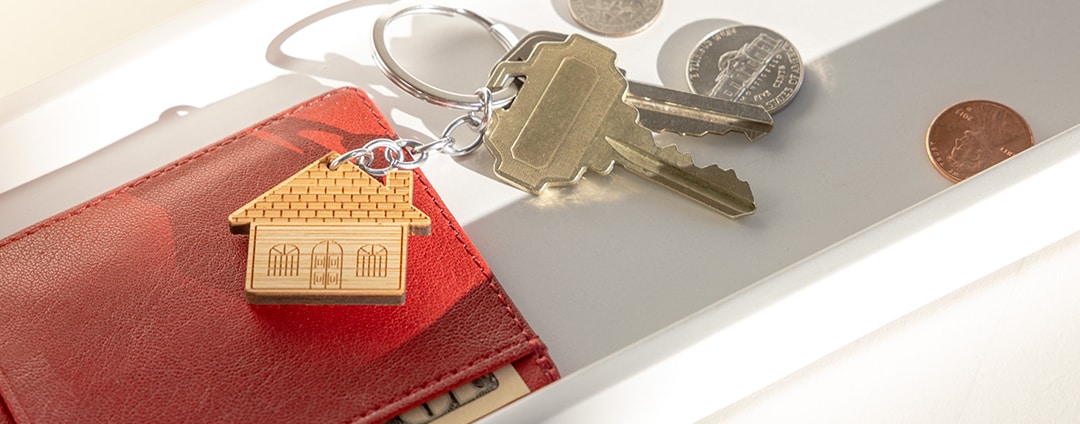Mortgage learning and education center

What monthly mortgage payment can you afford?
"How much home can I afford?” might have been one of your first questions when starting your home shopping journey. Find the answer here.
Read the articlePreparing to buy a home

Renting versus buying a home
The mortgage process

Understanding down payments
Owning and refinancing

Homeownership and taxes

Buying a home on a budget?
Access resources and learn about various low down payment options to make your dream of homeownership a reality.
Grow your knowledge with our mortgage tools
Talk to a mortgage consultant
Call us
1-877-510-2079
Mon – Fri: 7 am – 8 pm
Sat: 8 am – 6 pm
Central Time
Marque 9 para recibir atención en español.
Let us contact you
Enter your contact information to have a mortgage consultant call you.
Find a consultant
Use our locator to search for mortgage consultants in your area.
How was your experience? Give us feedback.
If you are a service member on active duty, an eligible spouse, partner, or dependent, or currently receiving SCRA benefits, please consult with your legal advisor prior to seeking a refinance of your existing mortgage loan. In some cases, a refinance may impact your eligibility for benefits under the Servicemembers Civil Relief Act or applicable state law.
Wells Fargo Home Mortgage is a division of Wells Fargo Bank, N.A.
LRC-0225

